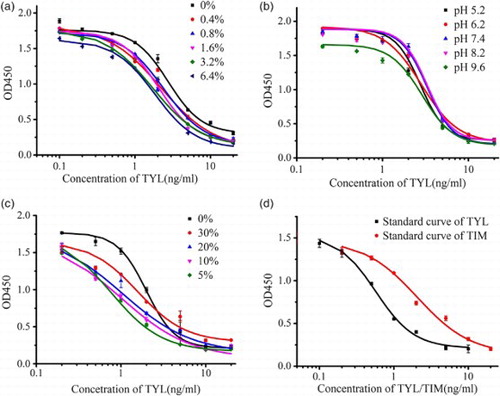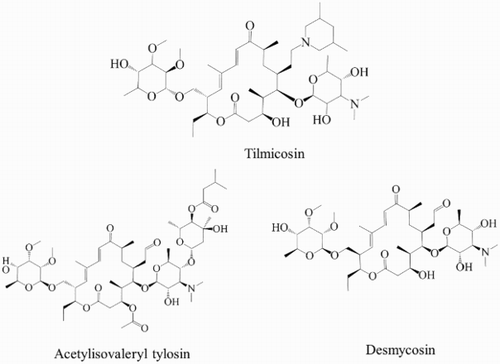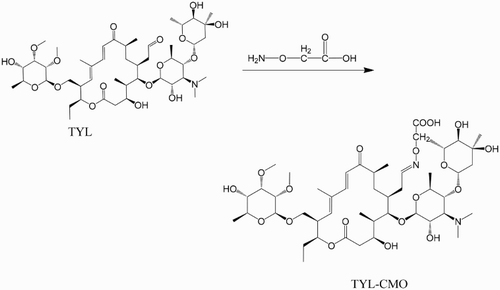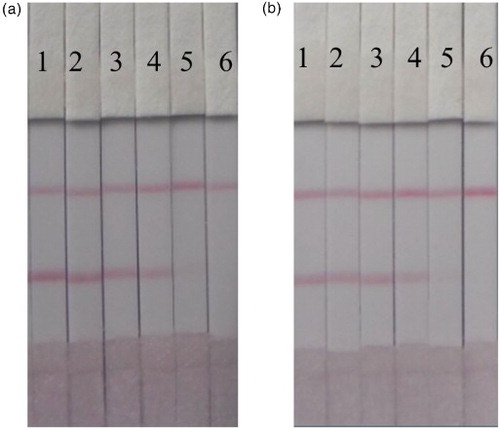Figures & data
Table 1. Chemical structure of TYL.
Figure 3. HPLC-MS analysis and identification of TYL-CMO: (a)–(d) the liquid chromatogram spectrum of TYL-CMO; (e) the mass spectrum of TYL-CMO.
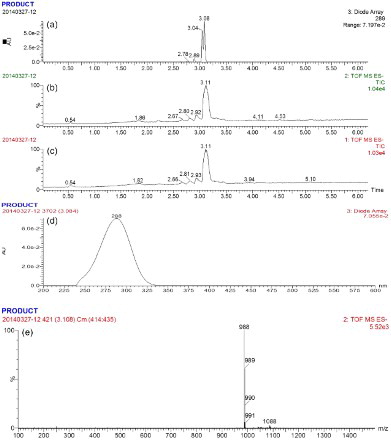
Figure 4. The UV–visible spectroscopy of TYL, protein and conjugated antigens: (a) confirmation of immunogen (TYL-CMO-BSA); (b) confirmation of coating antigen (TYL-CMO-OVA).
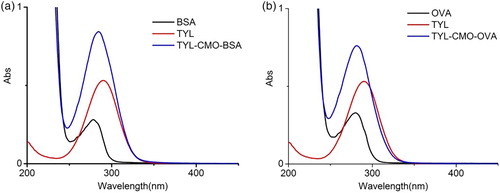
Figure 5. Optimization of standard dilution buffer for ic-ELISA: (a) NaCl content in PB; (b) pH value; (c) acetonitrile content; (d) standard curve of the TYL and TIM by optimized ic-ELISA.
